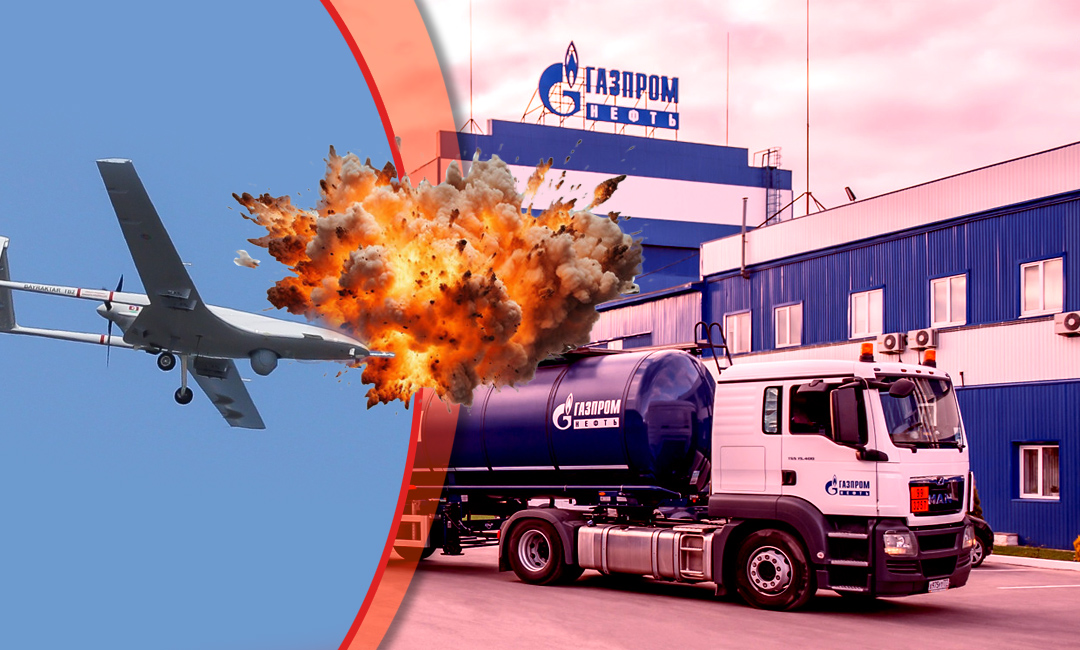Russian Fuel Shortages Deepen After Ukrainian Strikes on Refineries

Ukraine’s drone campaign against Russian oil refineries has knocked out a sizeable portion of the country’s processing capacity, triggering gasoline shortages and record-high wholesale prices.
The Gaze reports this, referring to The Financial Times.
On August 20, the price of A-95 gasoline on Russia’s commodities exchange was 55% higher than at the start of the year and 8% above early August levels.
Despite Moscow’s decision to suspend gasoline exports in a bid to stabilize the domestic market, shortages are spreading across multiple regions and prices continue to climb.
Analysts estimate that at least 10% of Russia’s refining capacity is currently offline, with some plants potentially facing long-term disruption.
Strikes on railway infrastructure in central Russia have compounded the crisis, delaying fuel deliveries and creating bottlenecks in distribution.
In Zabaykalsky Krai and occupied Crimea, local authorities have acknowledged interruptions in supplies of A-95 gasoline.
Residents of Siberia and the Far East have complained about queues and limits on purchases, with one motorist in Chita posting online: “What’s this madness with petrol? Did we suddenly get rich?!”
Despite the strain, energy experts say a systemic collapse is unlikely. Diesel, critical for the military and agriculture, remains available.
“A full-scale fuel supply crunch, one affecting the army, transport and agriculture, and capable of disrupting the economy, is still distant,” said Serhii Vakulenko, senior fellow at the Carnegie Endowment for International Peace.
Still, regional officials have sought to shift blame onto citizens. In Primorsky Krai, Energy and Gas Supply Minister Elena Shish accused residents of hoarding by filling canisters in addition to vehicle tanks.
She said this had overwhelmed the NNK-Primornefteprodukt chain, which controls nearly half of the region’s 295 stations.
Independent outlets report that private stations have raised prices by as much as 12 rubles per liter, pushing consumers toward state-linked networks. Shish urged residents to “act responsibly” and endure what she described as a short-term disruption.
Earlier this month, Russia’s overall refining capacity fell by more than 13% after repeated drone attacks forced several major facilities offline. Analysts predict fuel supply and price pressures are likely to persist into September, with longer-term consequences for Russia’s military logistics and domestic stability.
As The Gaze reported earlier, the Central Bank of Russia issued a warning about the country's future economic development, noting that economic growth could stall as early as the end of 2025 due to a number of internal and external challenges.